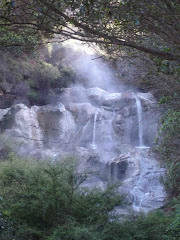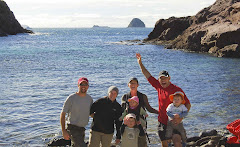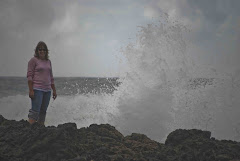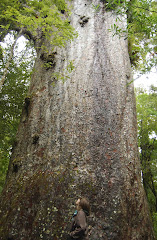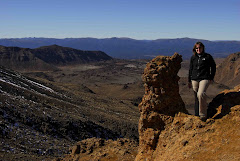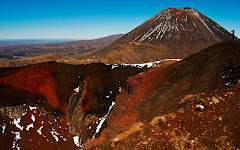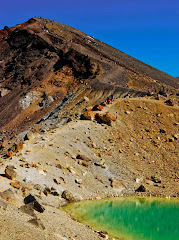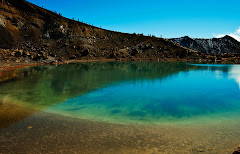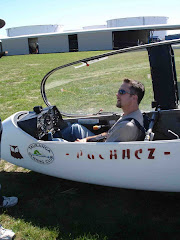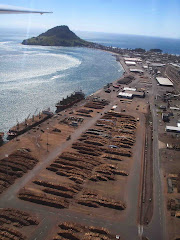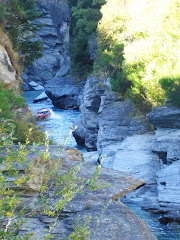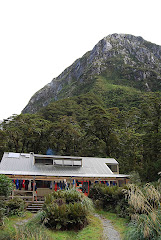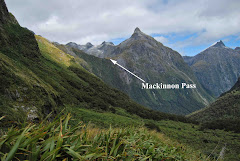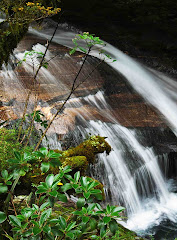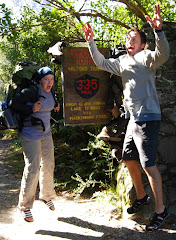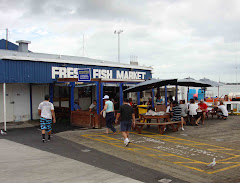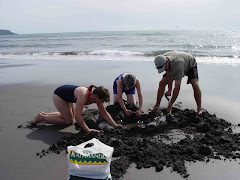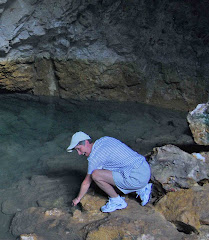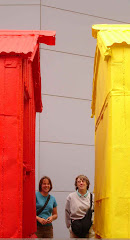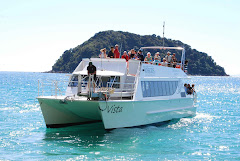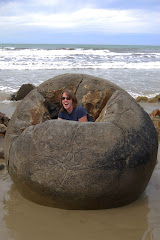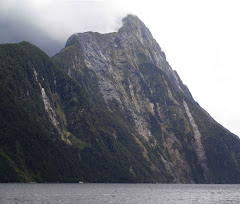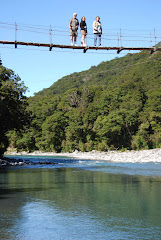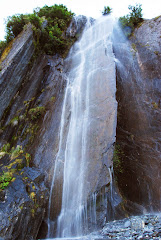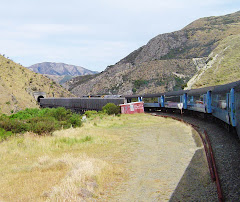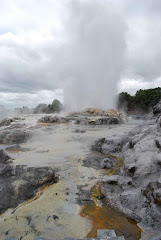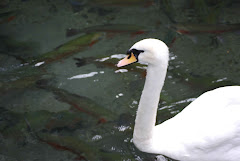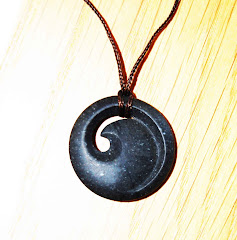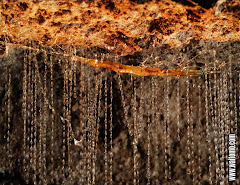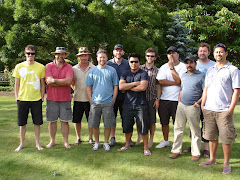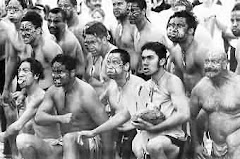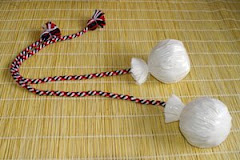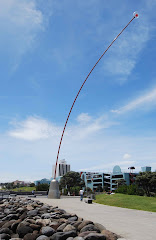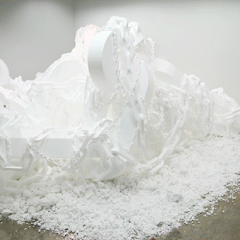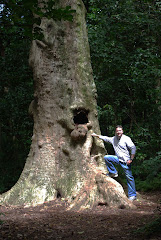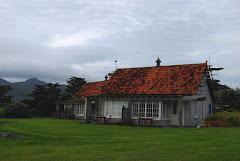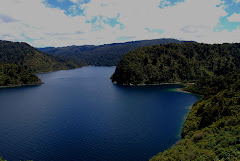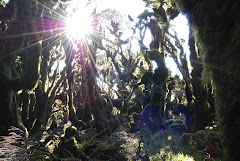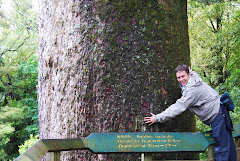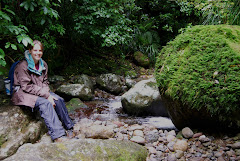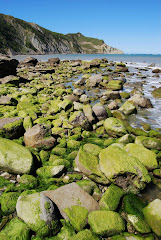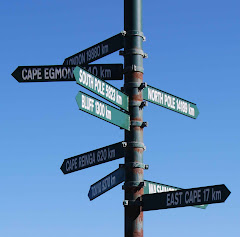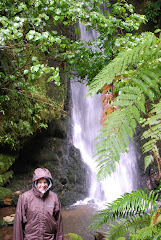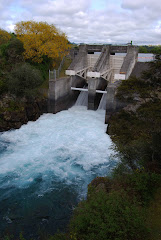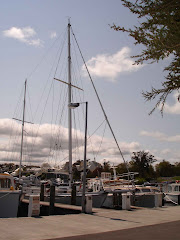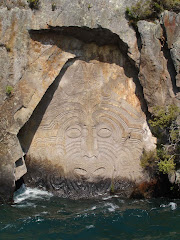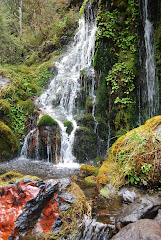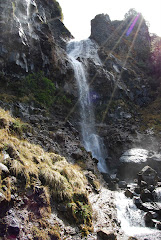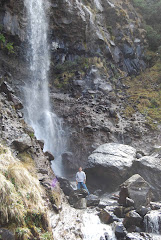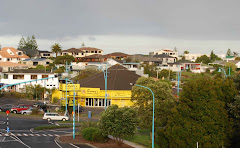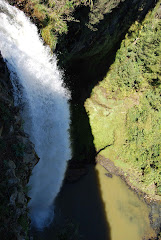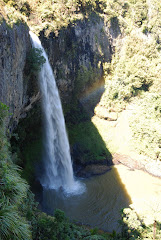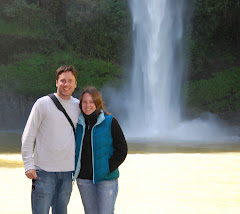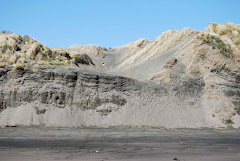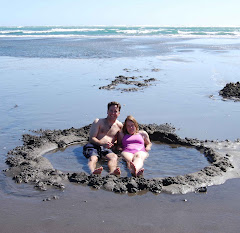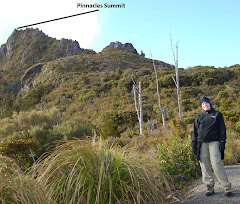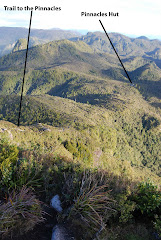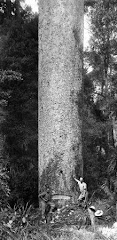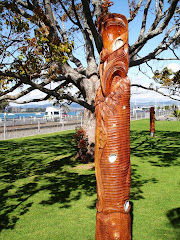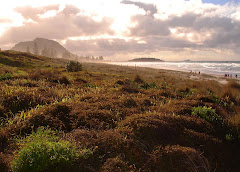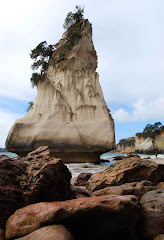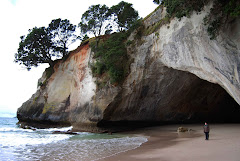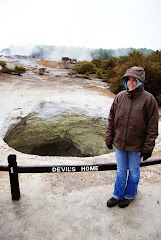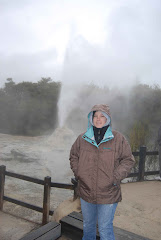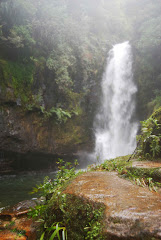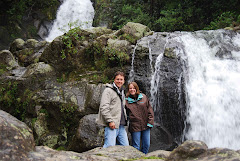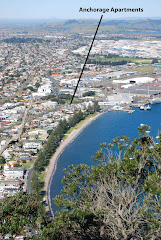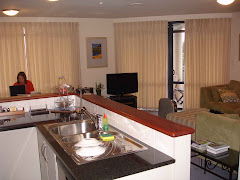(Fair warning: I’m not sure this will be a fascinating post, so if you’ve got something better to do, I suggest you think hard about doing it!!)
We have one last visitor coming, and I was emailing her to give her a few updates about traveling in New Zealand. I mentioned weather, clothes, and activities, and then remembered to mention money. It’s something that Cory and I almost forgot when we were making our plans to come over, though pretty much everyone who has come over has thought to ask. (Luckily for us, when we called just days before leaving the States, an extremely helpful representative of National Bank here in NZ helped us set up an account and transfer money into it so that it was available upon arrival in the country!)
The country was one of the first to embrace EFTPOS (electronic funds transfer at point of sale) or debit cards. They are widely accepted, along with credit cards. I can’t say that I can recall anywhere we’ve been that didn’t accept eftpos cards. ATMs are also widely available, so as long as you know your pin number, you can use an ATM or debit/eftpos card just about anywhere. Most US banks and credit cards charge a small percentage to convert funds from US dollars to NZ dollars, but spending your money won’t be a problem.
Upon arrival, changing money is easily done at any bank or money changing stall. The proliferation of tourism has assured this convenience. And the New Zealand currency you receive is colorful and attractive. Interestingly, one New Zealander told me how hard it was to differentiate between US bills; I guess I’ve just always looked at the number, as looking at color and size wouldn’t be very useful in the States.
New Zealand has a 10 cent, 20 cent, 50 cent, 1 dollar, and 2 dollar coins, in addition to 5, 10, 20, 50, 100 dollar bills. The 1 cent and 2 cent coins were done away with in 1990. Paper bills for the 1 and 2 dollar amounts where replaced with coins in 1991; the 5 cent coin disappeared in 1996.
Even though there is no denomination smaller than 10 cents, prices are often still listed down to the penny. If you are paying by eftpos, you will be charged to the penny; if you are paying by cash, the price is rounded up or down to the nearest tens. New Zealand also has a national sales tax – the GST or Goods and Service Tax – of 12.5%. Almost all listed prices are inclusive of GST, so there is no calculating the tax in your head.
Speaking of tax, the fiscal year ended in March, so it is tax time here. As in all things in New Zealand, tax time seems a bit more relaxed than it is in the US. The IRD (Inland Revenue Department) website points out that most people have their income taxed at the appropriate percentage and, therefore, do not need to do anything at tax time. Those who think they may have overpaid or who may owe tax should complete a return. If you think you have overpaid, you can file a return for any of the past five years. Pretty relaxed, huh?
I recently completed an online calculator for Cory’s and my taxes. There is no such thing as a joint return. The questions were specific to income (including that of interest), tax paid, tax credit eligibility, and personal info. It was pretty simple and pretty quick. We’ll file these, along with an additional form indicating we are leaving the country before the end of the next fiscal year. So far, so good. Hopefully all goes according to plan!
This task will be one of the last we cross off the list before heading back home. The days are ticking by!
Friday, June 12, 2009
Subscribe to:
Comments (Atom)












